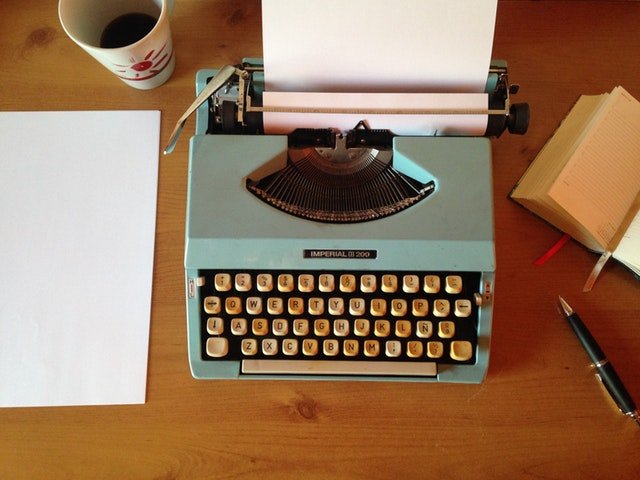Let’s start at the beginning. What is a scene? A scene is a section of your novel in which there is either dialogue or action, that is, your characters are doing something and that something is playing out in real time. Think of a play or movie – they’re built on scenes – and so are novels, the difference being that we also have description, internal reflection and anelespses (or flashbacks) at our disposal.
The difference between a scene and a chapter is that a chapter can contain one or more scenes. A scene can be 50 words or five thousand. Chapters tend to have a more consistent length. Usually, I use chapter breaks to signify a change in point of view or a progression in the time line. But I tend to think of the story in terms of scenes, each of which has a beginning, a middle and an end – it is essentially a small story within the much bigger story.
Before I sit down to write a scene, I go through a pre-writing process of planning it out by asking myself the following questions:
- What is the purpose of the scene? A scene must either advance the plot, reveal key information or reveal something about character that is crucial to the story.
- From which character’s point of view does this scene need to be told? If you are writing in first person, you already know the answer. I tend to write from multiple points of view, therefore the question becomes key. The general rule of thumb is that you write the scene from the point of view of the character who has the most to lose.
- What will be the value change or conflict? A scene needs to have a climax, conflict or change. Just as a character traverses an arc that spans the length of your novel, they must also experience some kind of change within each scene that you write. For example, a character may begin a scene feeling confident, but end it feeling angst ridden. Or they may begin with a sense of anxiety but finish with greater confidence than which they began. Ideally, the scene will bring them into conflict with another character. Conflict is where tension is built and we see the character for who they really are.
- What is the setting? It’s important to ensure your scene isn’t just two talking heads in a vacuum. Setting is the other character in your novel. It’s another weapon in your arsenal with which to create tension and mood. Also, keep in mind the ‘Pope in a Pool’ theory which derives from the book The Plot To Kill the Pope, by George Englund where, to boost the tension in what could have been a boring scene, he put the Pope in an unusual setting – a pool. Also, understanding your setting is crucial to achieving consistency. If your characters are in a room with one door, then they can only enter and exit from one direction. If you have them suddenly entering one way and exiting another, you confuse the reader and pull them out of the story.
- What are your characters wearing? How do they look? I’m not suggesting you spend a paragraph spelling it out. In fact, it’s best if you don’t. But knowing how your characters look is crucial to choreographing the scene. For example, perhaps they ease a foot out of a too-tight stiletto, or tug at a collar that’s starting to make them feel choked. This kind of detail or choreography will bring your scene to life and can also be critical information about a character – a way of showing rather than telling.
- What can your characters see, hear, smell? Again, no need to go into endless pages of description, but one or two well-chosen details will make your scene more vivid to the reader.
I find that asking these questions and sketching out a couple of ideas before I write tends to make the whole process far more efficient and focused. Hope it works for you!
